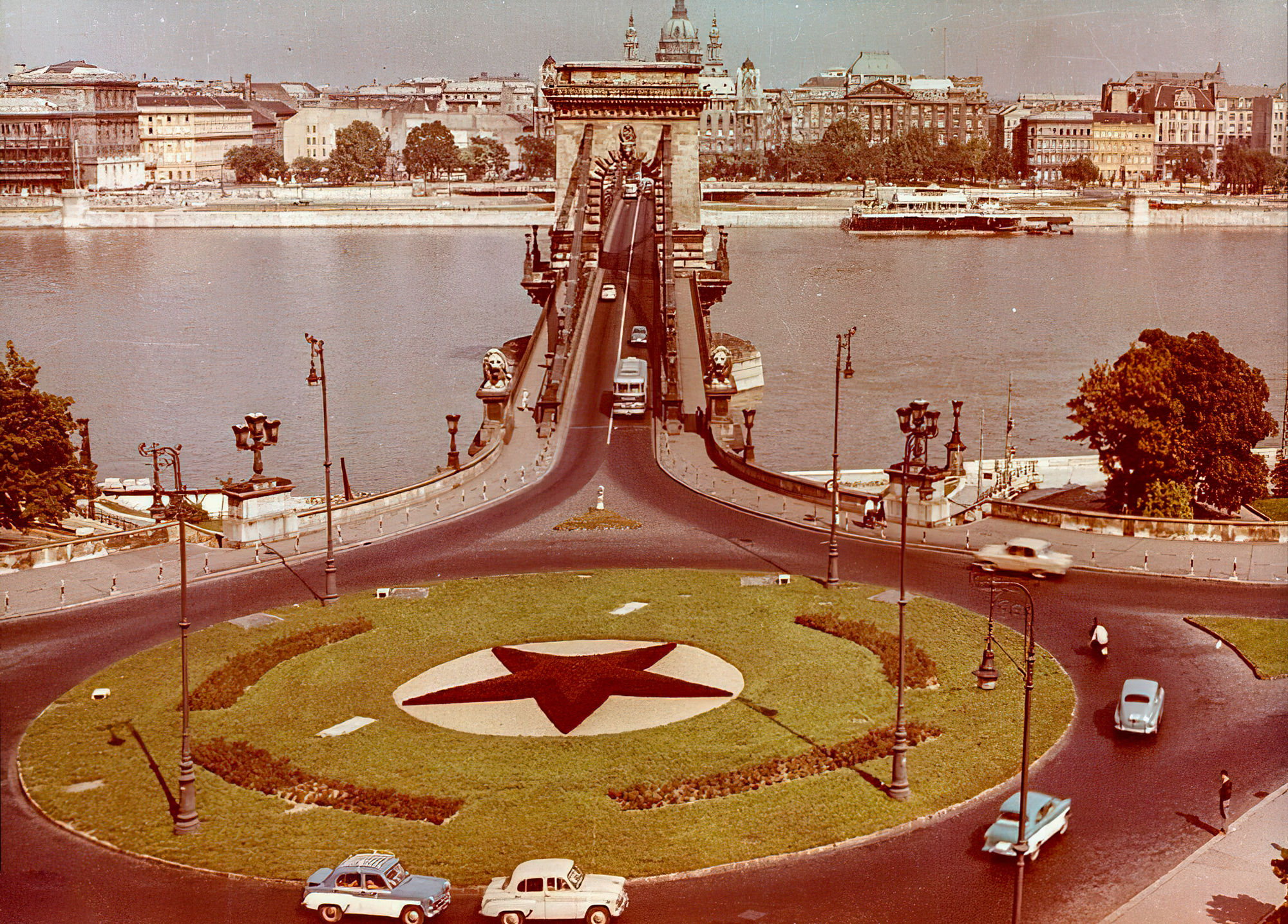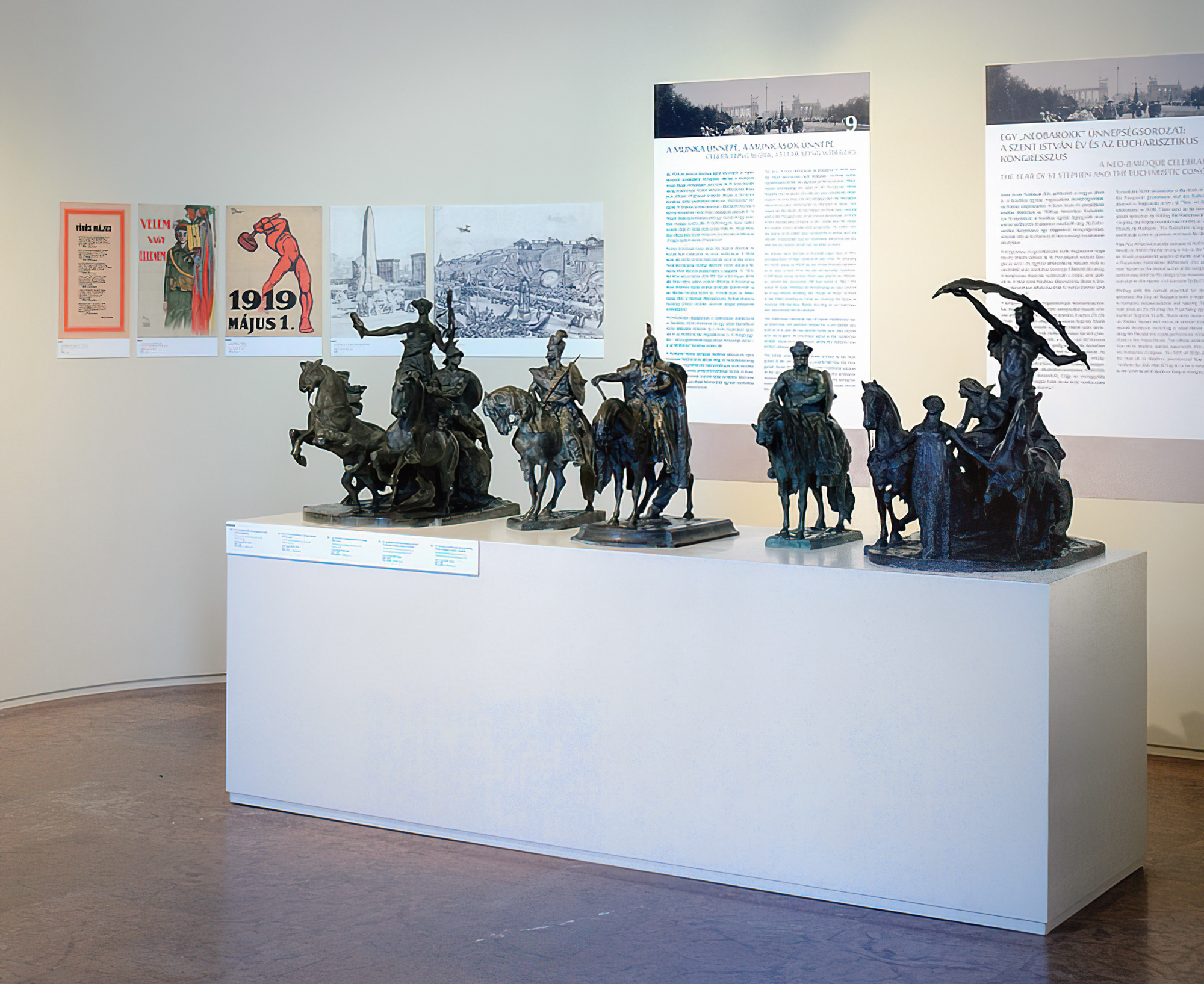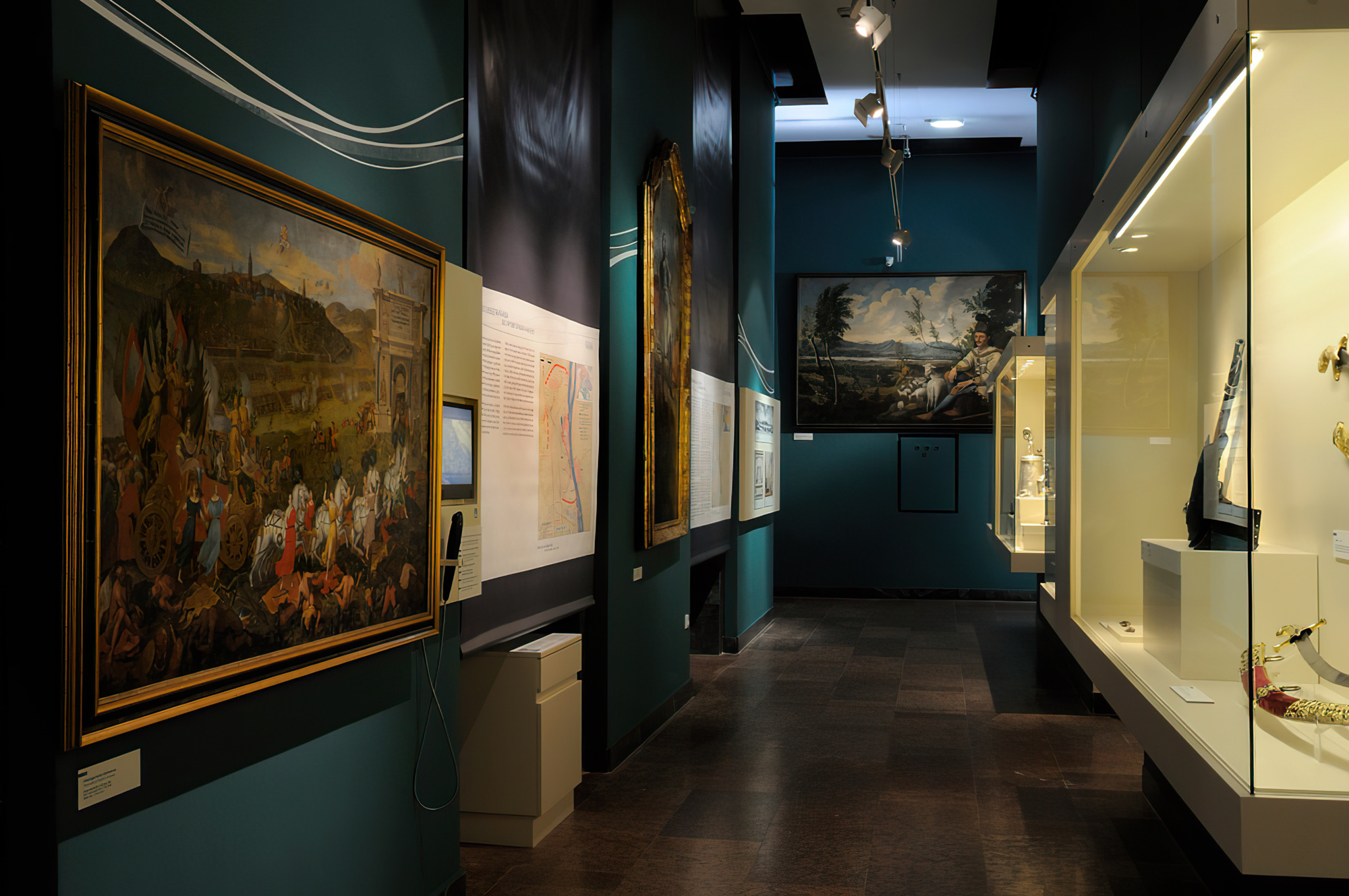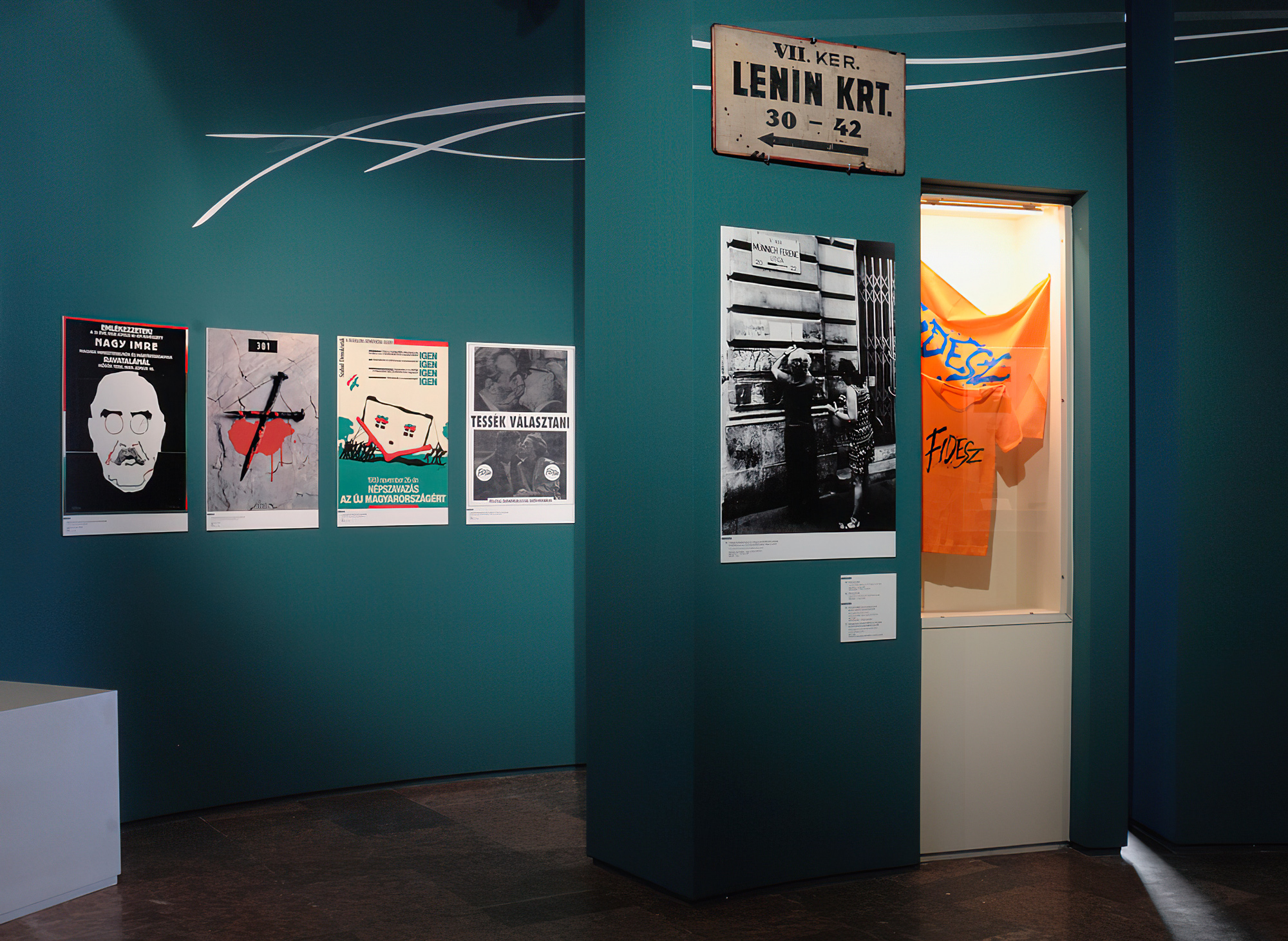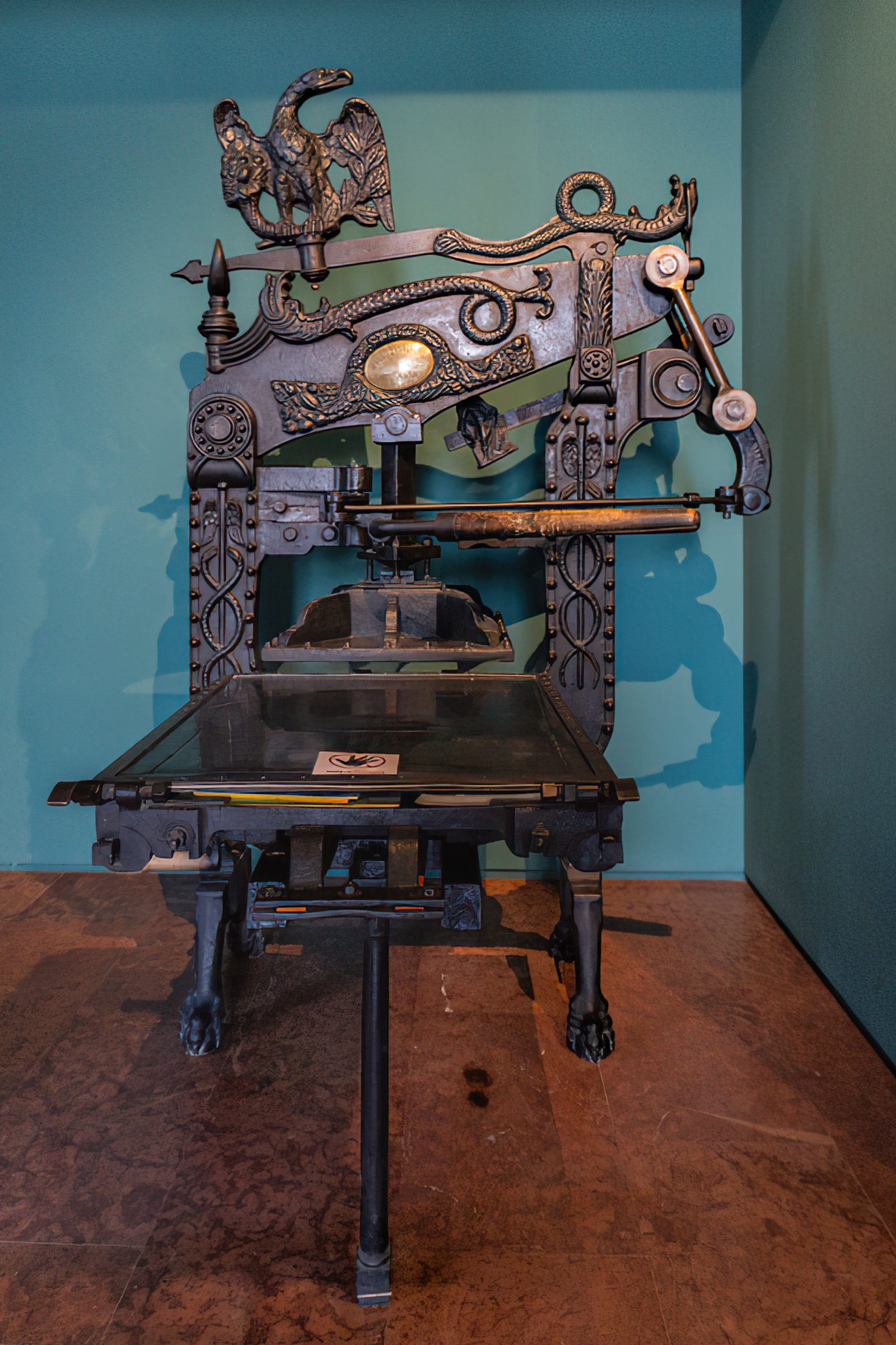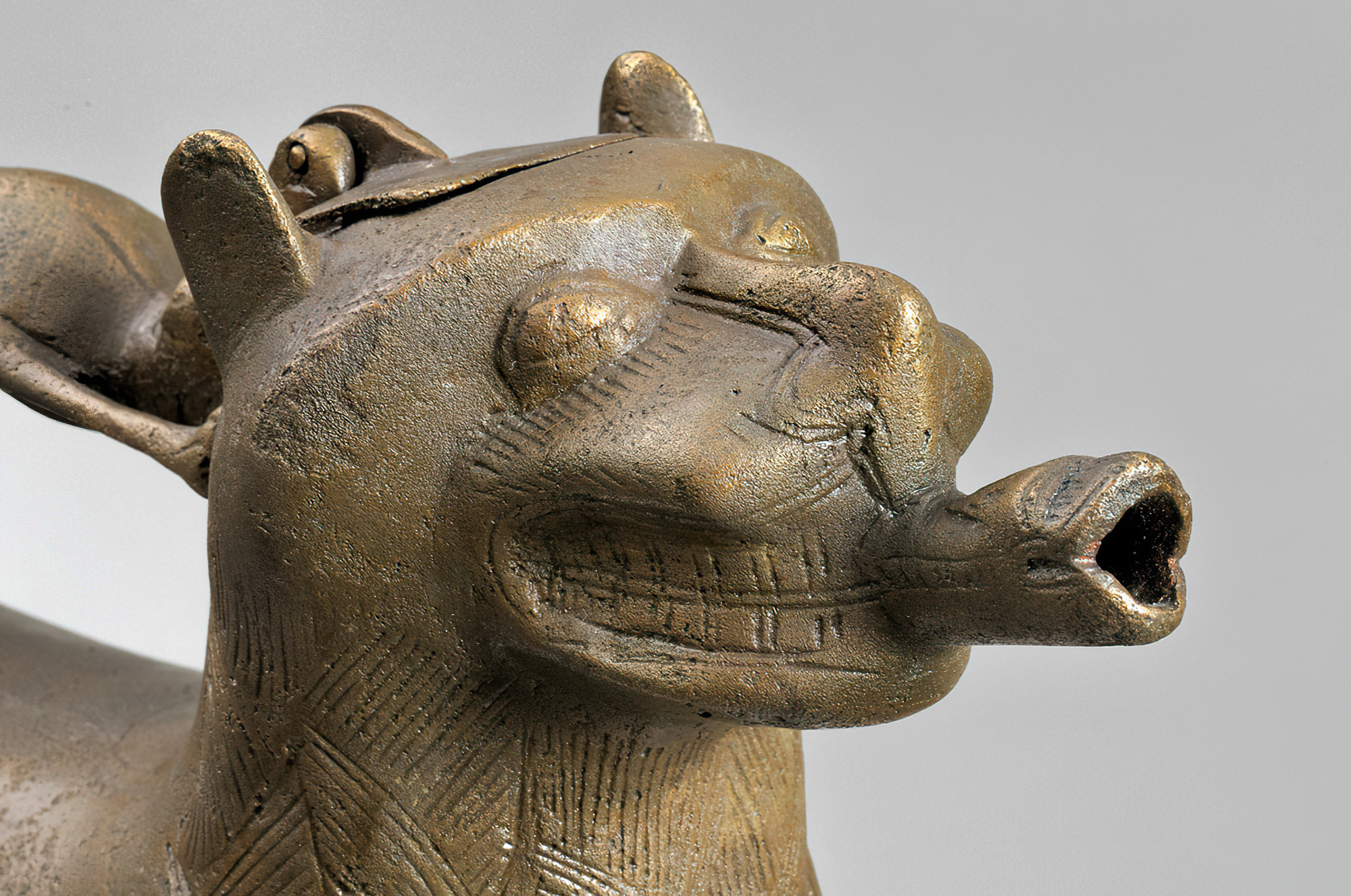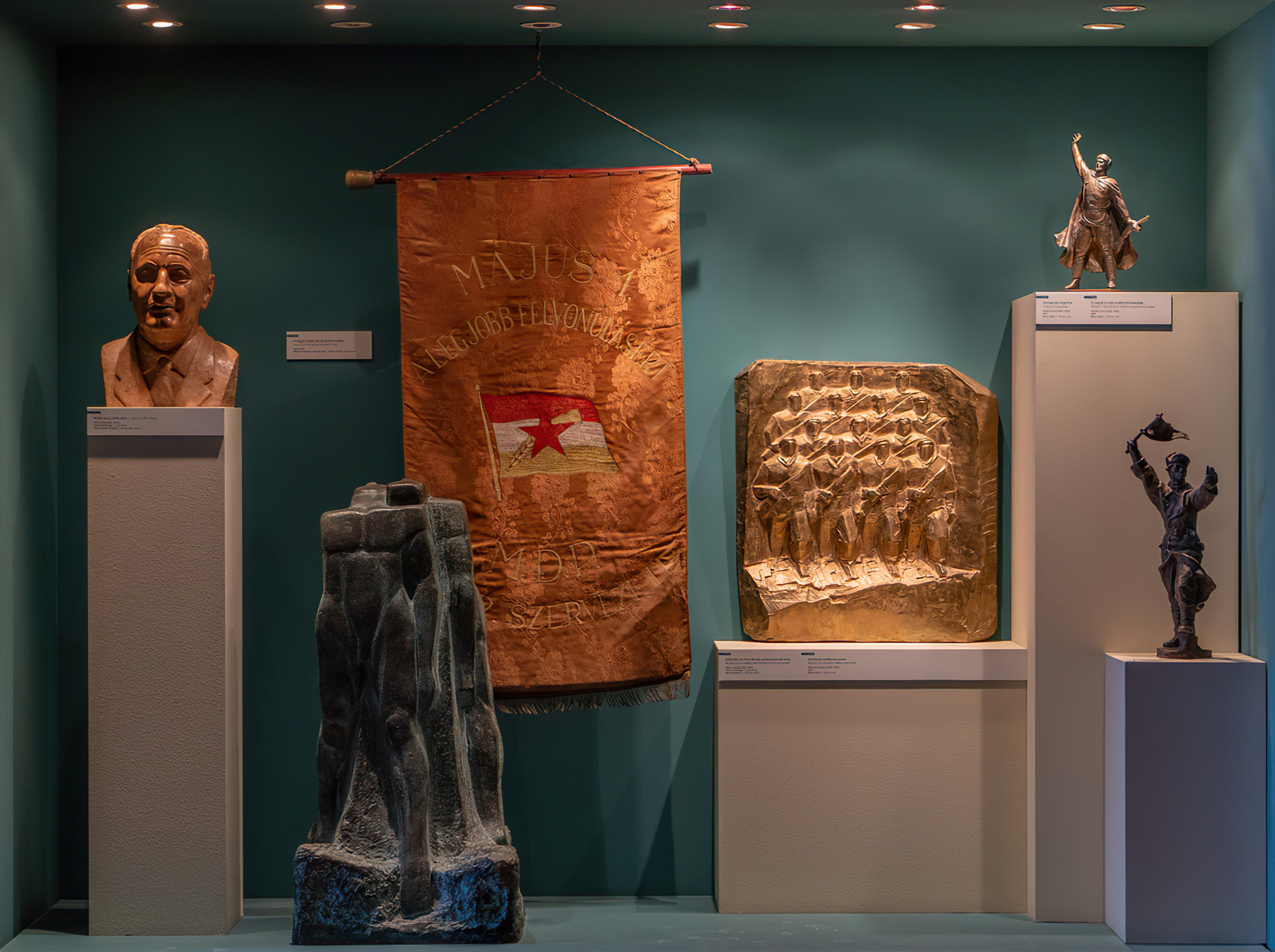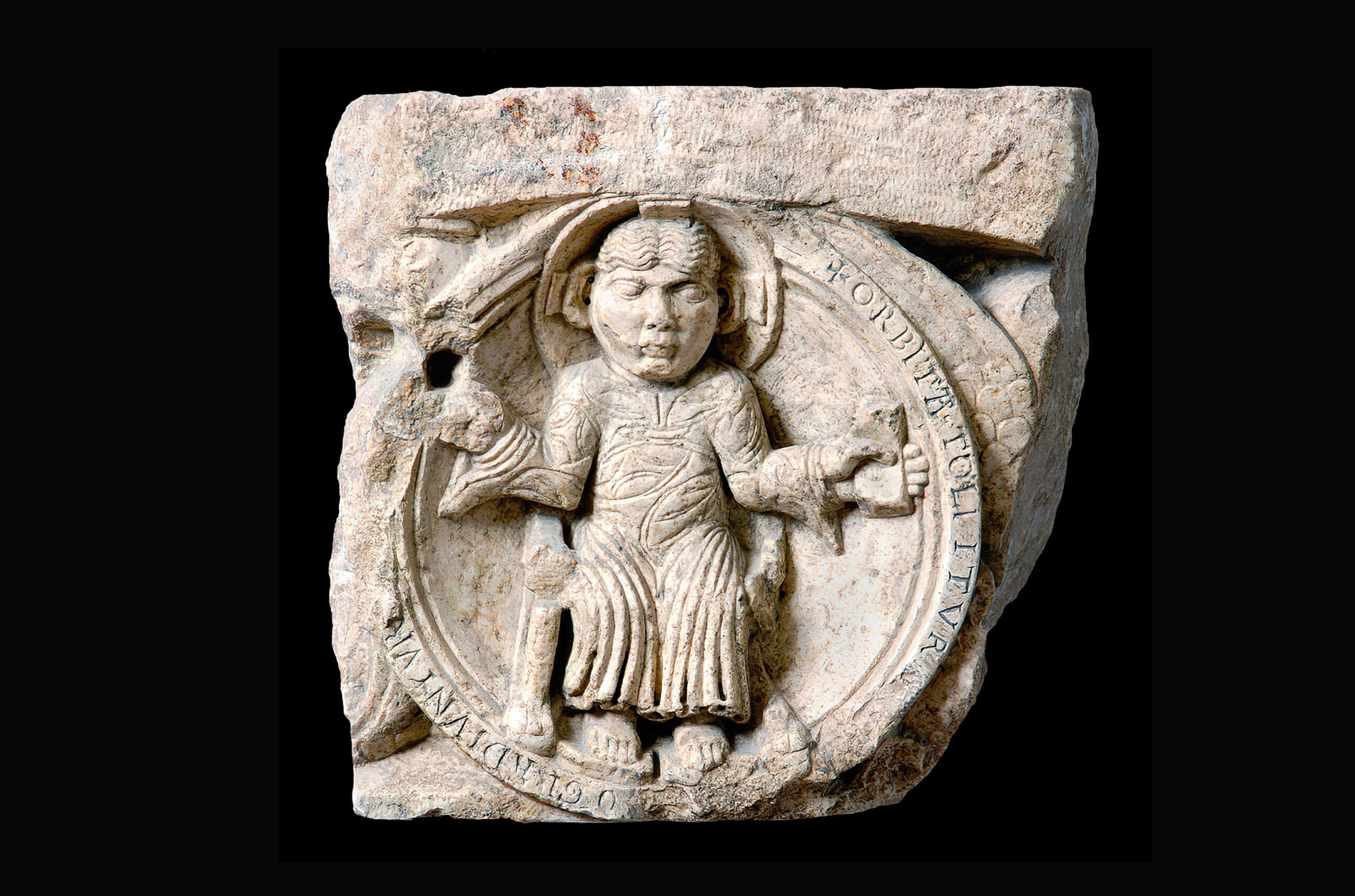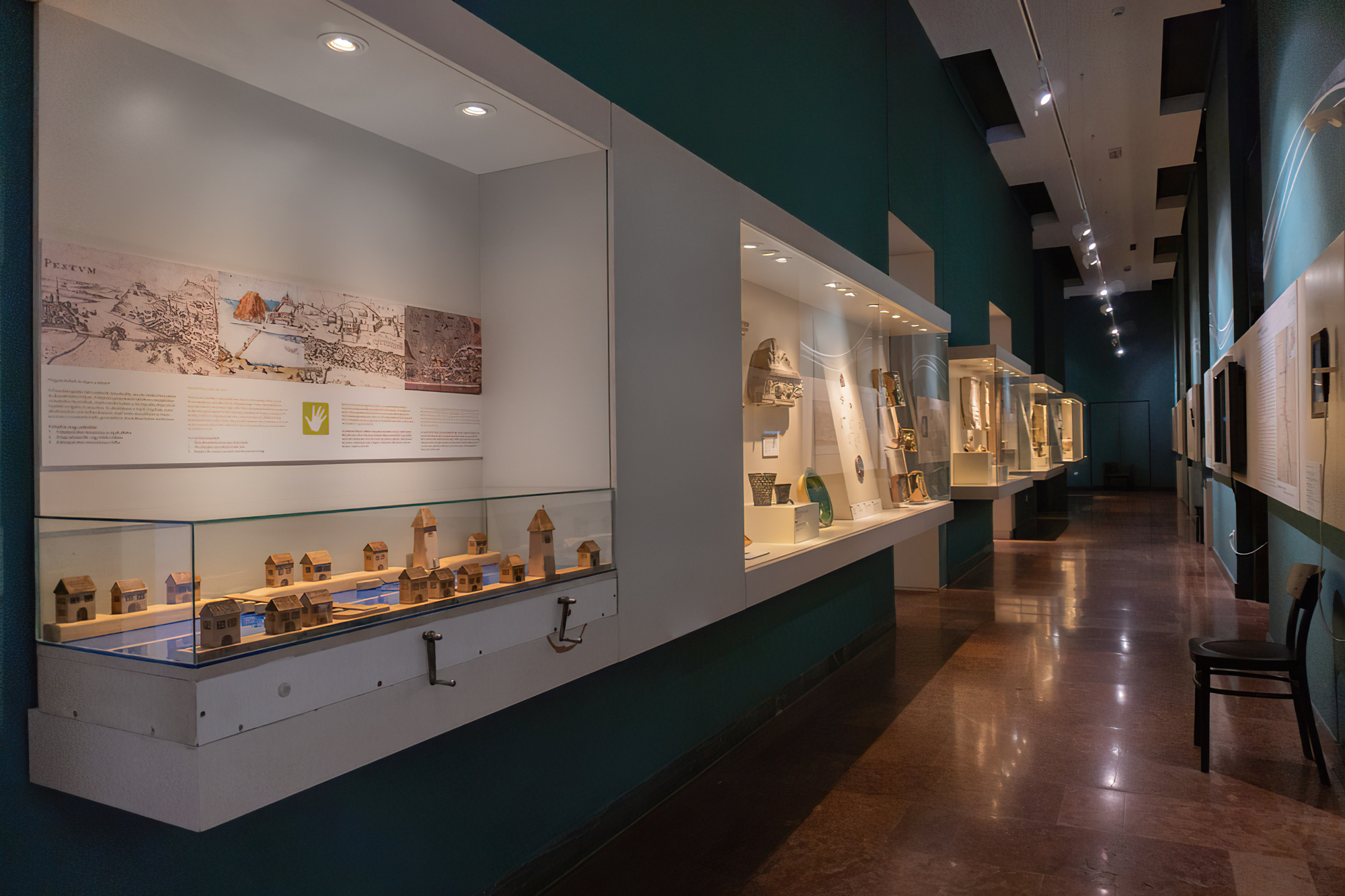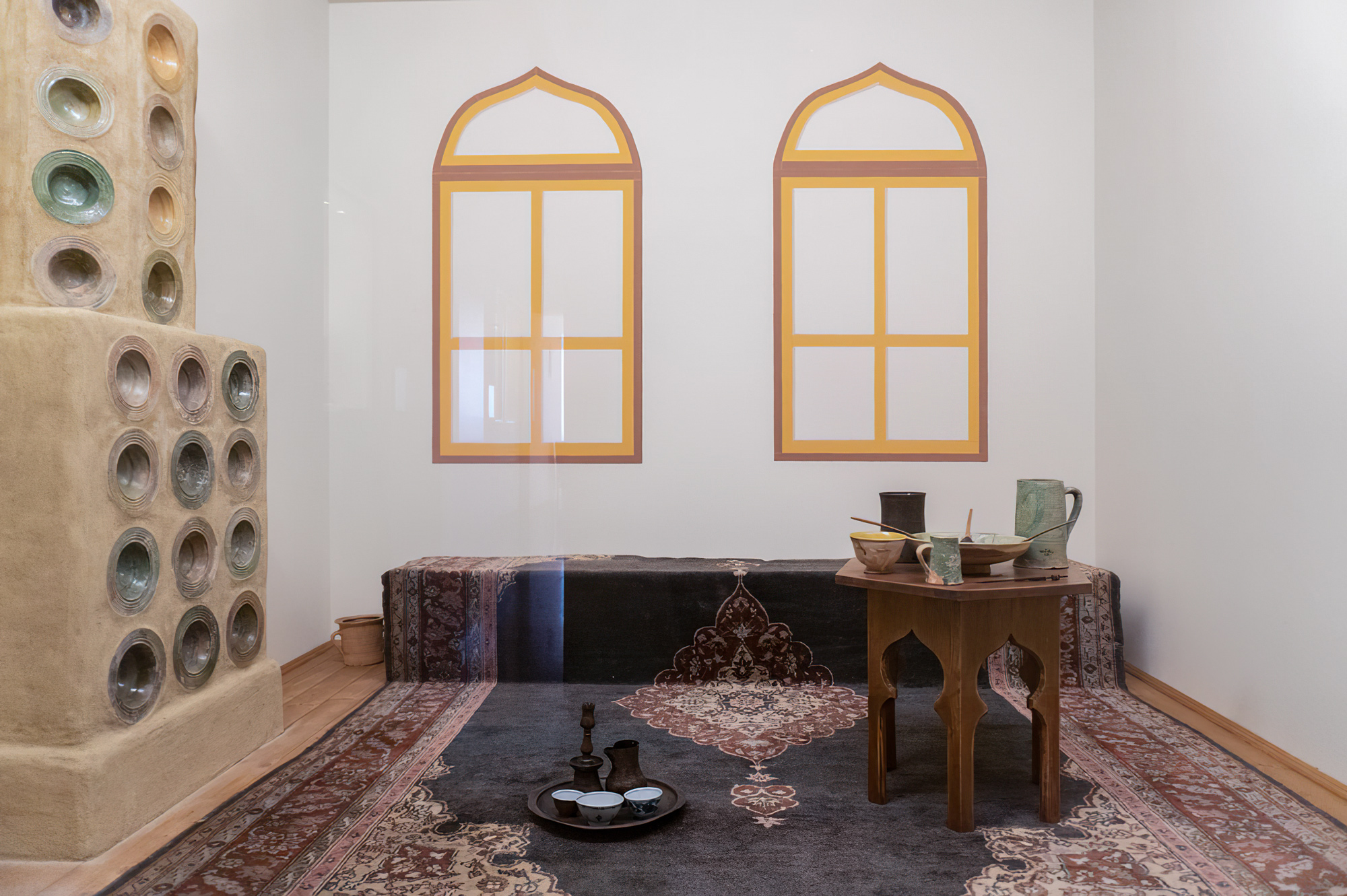Ahead of us is a city on the banks of the Danube, surrounded by the lowlands and the mountains. How did the glorious seat of the medieval Kingdom of Hungary rise from the ruins of Aquincum, a Roman provincial centre, and then fall during the wars and sieges of the Ottoman era? How did Pest, Buda and Óbuda unite and become one of the fastest growing metropolises in Central Europe at the turn of the 19th and 20th centuries? How did the Second World War destroy the peacetime metropolis and how did Greater Budapest take shape?
The basic concept of the exhibition is that of a city that has been destroyed and rebuilt over the centuries. The ‘light and shadow’ in the title refers to the capital’s periods of construction and prosperity, the interspersing of wars and natural disasters, and the rebuilding that followed.
The exhibition follows the chronology, bringing together the museum’s most important artefacts to tell the story of Budapest from its ancient origins to the fall of communism. In the chronological section, visitors can ‘swim’ through the city’s history along a winding corridor similar to the Danube, the leitmotif of the chronological section. The thematic units extend from the corridor as side branches, each of which focuses on a specific aspect of Budapest’s history. For example, the ethnic diversity that has characterised the city from the very beginning, but also the changes in the residential environment, the bathing culture, the now defunct viticulture, or the issues of industry and commerce.
Curators of the exhibition:
Dr. Perényi Roland chief museologist (BTM Department of Modern Urban History)
Dr. Végh András chief museologist (BTM Medieval Department)
Sponsors:
Ministry of Human Resources
C³ Centre for Culture and Communication Foundation
Municipality of the Capital of Budapest
